

The cargo of Byzantine magarica, as amphorae were called by Byzantines, was located at a depth of 39 to 45m and investigated by Cousteau team, as Shipwreck II, in April 1976. The recovery of them took place under the supervision of the Cretan archaeologist Nikolaos Papadakis and yielded 129 vessels, the majority of which was the cargo of the ship. Just some of them were different, used obviously as crew utensils. Ships of the time used to have a roofed kitchen, usually in the stern of the vessel, while the load of the jars was stowed in the hold of the ship.
According to the type of the amphorae the wreck can be dated from the 9th to the 11th century AD. It probably belongs to a ship traveling to or from Crete during the heyday initiated after the recapture of the island by the Arabs, which succeeded by the byzantine general, later emperor, Nikiforos Fokas, in 961 AD.
 | 3. Crete and the sea | |
|---|---|---|
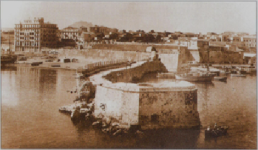 | 3.1 The harbour of Herakleion | |
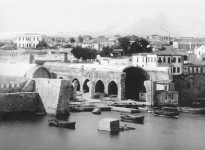 | 3.2 The Venetian Harbour | |
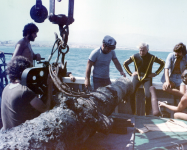 | 3.3 The underwater research of 1976 (Cousteau - MCE) | |
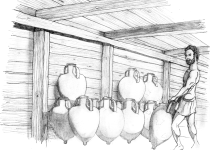 | 3.4 Roman shipwreck with Rhodian amphorae | |
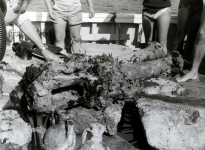 | 3.6 Venetian shipwreck with ballast of architectural elements | |
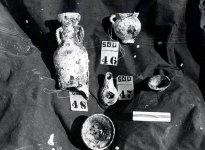 | 3.7 Underwater excavation at St. Georgios cove, Dhia (1976) |